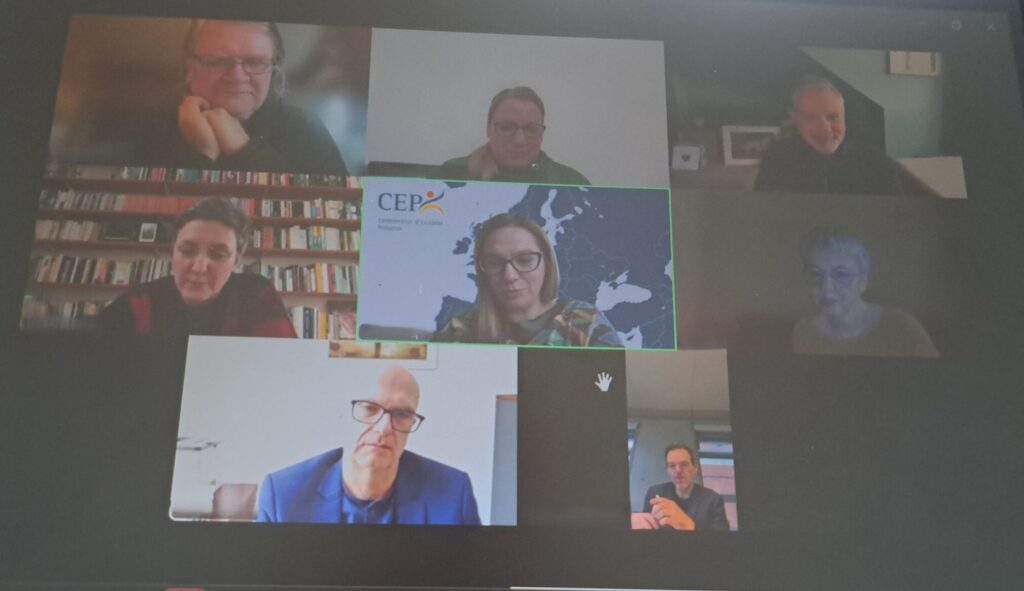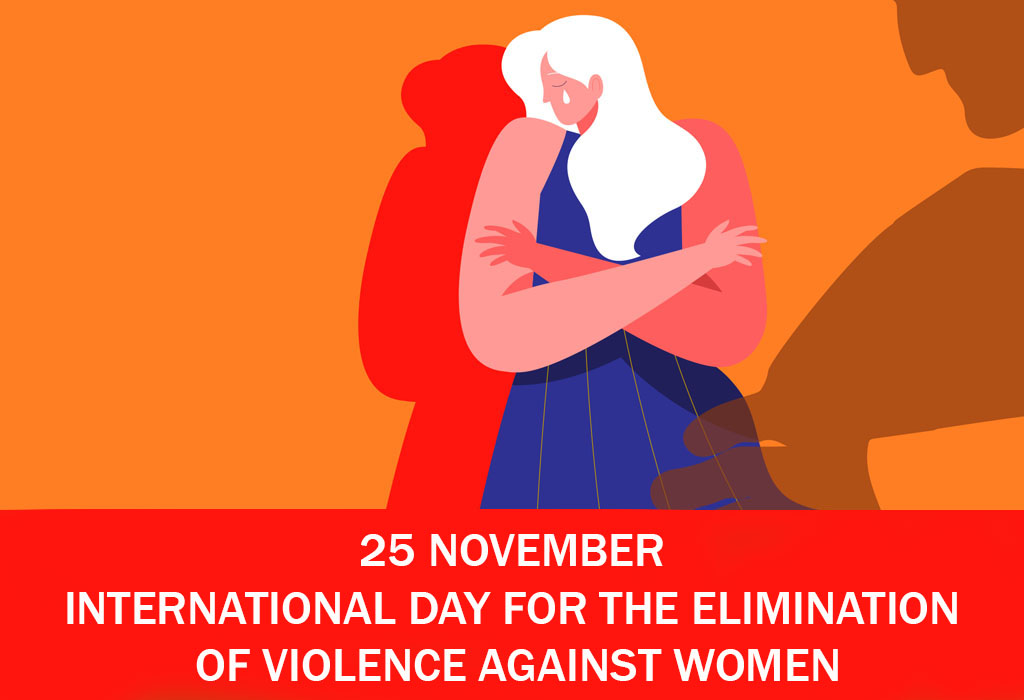Previous Article
News
“Road offenders” – literature review and the BRiSaR project
Lately I have seen many programs or interventions using visits to the morgue or hospitals to deter people from overspending or drive while intoxicated. In order to understand what is effective in reducing reoffending among those sentenced for road offences, we have run a comprehensive literature review of evidence and good practices at the international level.
An article written by professor Ioan Durnescu, University of Bucharest, Romania
Literature review
It was impressive to see the amount of the literature available on programs reducing the recidivism among those convicted for this type of offences (see Wundersitz and Hutchinson, 2006 – for DIP; Freeman, Schonfeld and Edmonston, 2006; Clark et al, 2015; Feiburger and Sheeran, 2019 and so on). However, with only a few exceptions (see Schulze, 2012), the impact of most programs was evaluated using one or two years follow up with no control groups. Therefore, although the evidence is out there, its replicability and robustness may be questioned.
What we can conclude so far is that multimodal and multidisciplinary approaches are more effective than the ones using only one type of intervention. In other words, programs based on education, rehabilitation, health and punishment seem to work better than the ones based on education only. Furthermore, programs that combine complex programs with urine testing, probation supervision and driving wheel control locker produce lower reoffending rates than those based only on urine testing or electronic monitoring. The latter proved to be quite effective during the action of those devices but this positive effect tends to disappear once the device is removed (Elder et al, 2011; Houwing, 2016).
Miller at al (2015) conducted an international systematic review on the interventions for men and women convicted for drive under influence (DUI). Their conclusions were that multicomponent programs which address a range of issues pertinent to this type of offending were found effective. However, they found that participants in scare straight or victim impact panels (as they are called in US) are as likely to re-offend as non-participants and sometimes more likely. These programs are based on confronting the authors of these crimes with the survivors of accidents caused by drunk drivers or expose them to shocking images with victims of accidents in the morgue. These conclusions are in line also with another research conducted by Crew and Johnson (2010) and also with the general deterrence literature that suggests that punishment or the threat of punishment can have an impact for a moment but with no other changing pressure this memory will disappear allowing the past behavior to perform. Think of the speeding fines we receive sometimes. How effective are they in changing our driving style? Maybe they have an impact but only in combination with other factors – such as for example ageing, birth of a child or a cognitive behavior program.
BRiSaR project
This literature review will inform the creation of a new program/intervention for those sentenced for road offences under the Bringing Safety on the Roads (BriSaR) project funded by ERASMUS + and coordinated by European Strategies Consulting/Romania in partnership with Direcao-Geral de Reinsercao e Servicos Prisionais/Portugal, Aproximar/Portugal, Qualify Just/Portugal, Ankara Probation Service/Turkey and University Loyola Andalucia/ Spain.

Related News
Keep up to date with the latest developments, stories, and updates on probation from across Europe and beyond. Find relevant news and insights shaping the field today.
Recap

CEP-Europris, Probation in Europe
Recap of CEP and EuroPris Meeting with Catalan Authorities
04/12/2025
On 3 December, on the occasion of the joint CEP and EuroPris Workshop on Transition from Prison to Probation held at the Centre for Legal Studies and Judicial Training (CEJFE) in Barcelona, representatives from both international organisations met with senior officials from the Catalan Ministry of Justice to present their current work, reflect on ongoing cooperation, and explore shared priorities for future collaboration.
Recap

CEP-Europris
Workshop on Transition from Prison to Probation: Continuity of Care and Control
03/12/2025
On 2–3 December 2025, 71 participants from 22 European countries and jurisdictions attended the Workshop on Transition from Prison to Probation: Continuity of Care and Control, jointly organized by CEP and EuroPris. The two-day workshop aimed to explore strategies for ensuring continuity of care and control during the transition from prison to probation.
Recap

Research
Recap: online Expert Group meeting on Research
02/12/2025
On Friday, 28 November 2025, the annual meeting of the Expert Group on Research took place online.
Probation Journal

Domestic violence, Gender-based violence
New evaluation on whole family approach to domestic abuse
26/11/2025
Interventions Alliance has published a new evaluation of a Hub coordinated on behalf of police forces in the south of England, focused on tackling violence against women and children through a whole family approach. The Hub supports victims and perpetrators of domestic abuse and works across policing, health and social services.
New

Probation in Europe
New EU Judicial Training Strategy 2025-2030 adopted
26/11/2025
New updates from the European Commission highlight key priorities for judicial training in Europe, alongside new tools supporting transparency and access to data.
New

Gender-based violence
International Day for the Elimination of Violence Against Women and Girls
25/11/2025
Today, 25 November, marks the International Day for the Elimination of Violence Against Women and Girls. It is a global reminder, recognised by UNESCO and the wider international community, of the urgent need to prevent violence, support those affected by it, and strengthen collective action. The day also opens the 16 Days of Activism, a worldwide campaign that calls for sustained engagement to end all forms of violence against women and girls.
Subscribe to our bi-monthly email newsletter!
"*" indicates required fields
- Keep up to date with important probation developments and insights.

